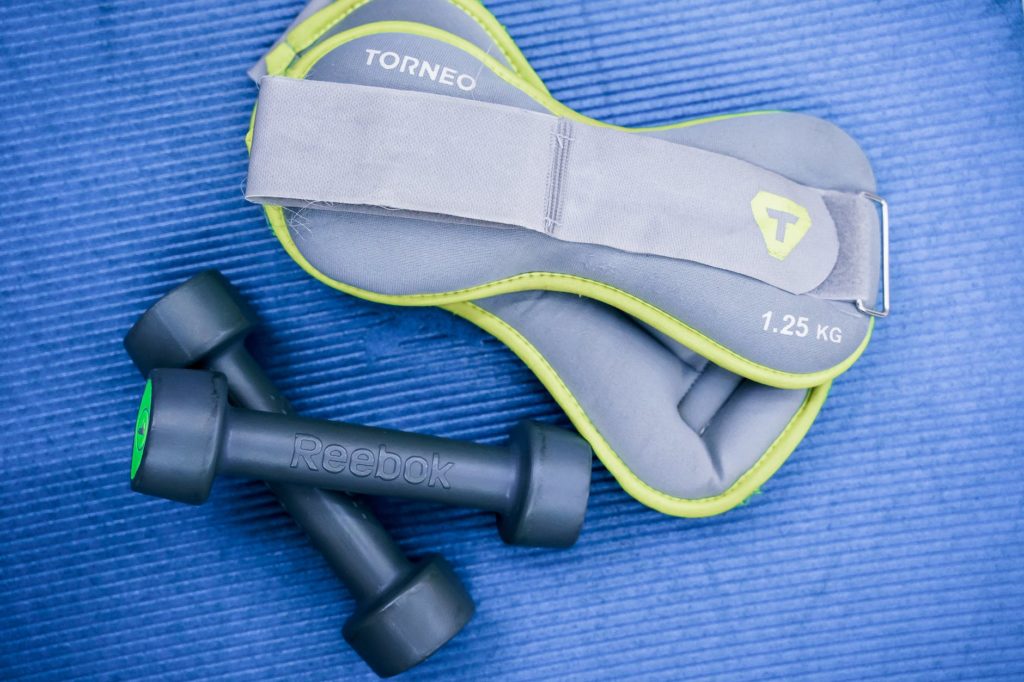Weight Lifting Belts
The weight lifting belts were first introduced in Olympic powerlifting. Weightlifting belts have two main uses in powerlifting. The first purpose, it diminishes the lower back stress while lifting in an upright position and also prevents back hypertension during lifting the weight above the head. Belts also help to diminish low back stress by compressing the content of the abdominal cavity.
Belts are used to reduce intra-abdominal pressure as it gives pressure in front of the bones of the lower back. Weight lifting belts also reduce the spinal shrinkage that occurs while lifting weights and also avert the twisting and bending of the lower back.
Lifting Weights
It is always suggested to wear the belt tightly during lifting weights. Usually, the belt is normally used in two situations, while doing lifts, such as the deadlift or squat when back support is necessary for the lifter.
Weight-lifting belts are very rigid and normally made from leather material, however, it is also made of nylon because of their durability.
It is always suggested to maintain the safeties during weight lifting thus beginners are recommended to do all the exercises slowly according to the instructions provided by the coach or instructor. Beginners in the field of weight lifting should develop their strength first before doing any heavy workout otherwise it will lead to serious injury.
A sudden start to heavy weight lifting can lead to muscle soreness. Before the workout, you should warm up for 15 to 20 minutes, so that you bring your body temperature to your muscles. Do take the help of a spotter to avoid jerks in the muscle while lifting weight which is considered to be safer while lifting.
DISCLAIMER:
This information is not presented by a medical practitioner and is for educational and informational purposes only. The content is not intended to be a substitute for professional medical advice, diagnosis, or treatment. Always seek the advice of your physician or other qualified healthcare providers with any questions you may have regarding a medical condition. Never disregard professional medical advice or delay in seeking it because of something you have read.
Since natural and/or dietary supplements are not FDA-approved they must be accompanied by a two-part disclaimer on the product label: that the statement has not been evaluated by FDA and that the product is not intended to “diagnose, treat, cure or prevent any disease.”





